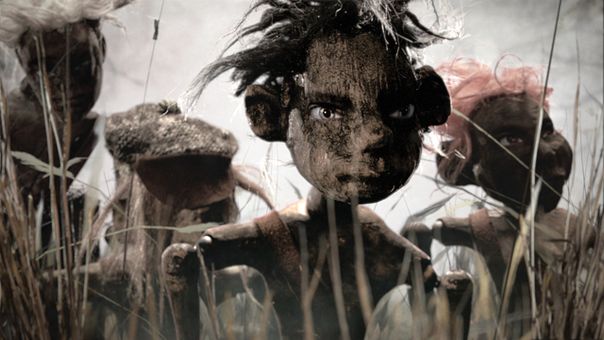Follow the Light
A look at the short films in the Berlinale Generation Kplus section.

RAVEN BOY
All the movies included in the second short film programme of the Berlinale Generation Kplus section portray young characters who deal with wanted or unwanted separations, painful or enjoyable transformations. Almost as if blending with each other, these stories intend to make us feel the heroic effort of surviving changes, of making them happen… However, some of these films achieve that aim and some do not.
In WHERE IS FATEMEH’S HOUSE? (KHANE FATEMEH KOJAST?, Iran), Fereydoon Njafi tells the story of a boy who has to gather some objects in order to offer them to a god that may help his sick mother. But this kid’s physical and emotional work is completely buried by the complete lack of subtlety in its final image: a ladder points to the sky while the bag containing the gathered offerings hangs from one of its steps. Another film that turns out to be the opposite of what it seems to be is MINNIE LOVES JUNIOR (Australia), an ostensible love story between a girl and a boy who pays far more attention to his toolbox than to her. Directed by Andrew and Matthew Mullins, this film shows a blurry and quite empty filming style.
On the other end of the spectrum lies SUNNY (ENSOLARADO, Brazil), a wonderful, intelligent movie that is the best of this group of short films. Its director, Ricardo Targino, makes magnificent use of light, giving it an essential role in this story of a girl who has to leave her poor hometown and family in order to move to a big city. Targino works with light saturation, building an inspiring story that reminds us that light is the basis of cinema.
Somewhere in the middle of those two ends, lie RAVEN BOY (RABENJUNGE, Germany), SUNDAY (DIMANCHE, Canada) and LILY (Australia). The first one – an animated film that evokes the atmosphere of Westerns and tells the story of some kids faced with the unknown – has some aesthetically wonderful scenes; the second one – a portrait of a father-daughter relationship – has nothing more than nice landscapes and one or two enjoyable ideas; the last one – an animated movie about a boy who is bored with his routine and tries to squash it by squashing coins on a railway – is the most promising of these three but, nevertheless, has several minutes to spare.
In all, the greatness of SUNNY turns the programme into a worthy part of anyone’s constant search for good cinema.


301 Moved Permanently